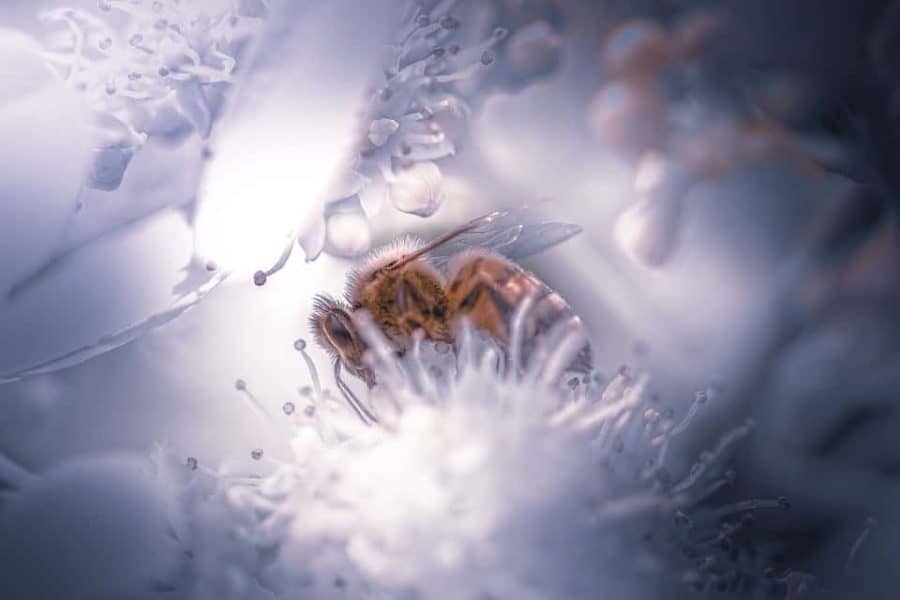Bee populations are declining, and neonicotinoid pesticides continue to be investigated — and in some cases banned — because of their suspected role as a contributing factor. However, limitations in sampling and analytical techniques have prevented a full understanding of the connection. Now, researchers describe in the ACS journal Environmental Science & Technology a new approach to sample neonicotinoids and other pesticides in plants, which could explain how bees are exposed to the substances.
Neonicotinoids are water-soluble insecticides that are applied to seeds or foliage. But non-target organisms such as pollinating bees can also be exposed to the substances, mainly through residues in nectar and pollen of flowering plants, which bees use to make honey. Most studies to-date have relied on correlating the presence of neonicotinoid residues in plant samples with bee declines. A few studies have measured total neonicotinoids in plants but laborious methods were used. Jay Gan and colleagues wanted to develop a simpler, more direct way to monitor neonicotinoids in living plants that would capture spatial and temporal movement of the insecticides.
The researchers developed a new type of solid-phase microextraction (SPME) probe, a device that can track concentration changes over time in biological systems. SPME probes use a fiber coated with a liquid or solid to quickly extract analytes from a sample. The team developed an SPME probe that they inserted into plants through a needle, allowing repeated sampling of seven neonicotinoids in plant sap. The method was demonstrated in lettuce and soybean plants, with each sampling taking only 20 minutes. The analytes were then recovered from the probe and analyzed. This procedure allowed the researchers to quantify neonicotinoids in plants and study their movement and distribution throughout the plants over time. This method could be used to monitor movement of pesticides into flowers, nectar and pollen to pinpoint where and when maximal pesticide exposure occurs for bees and other pollinators, the researchers note.
###

